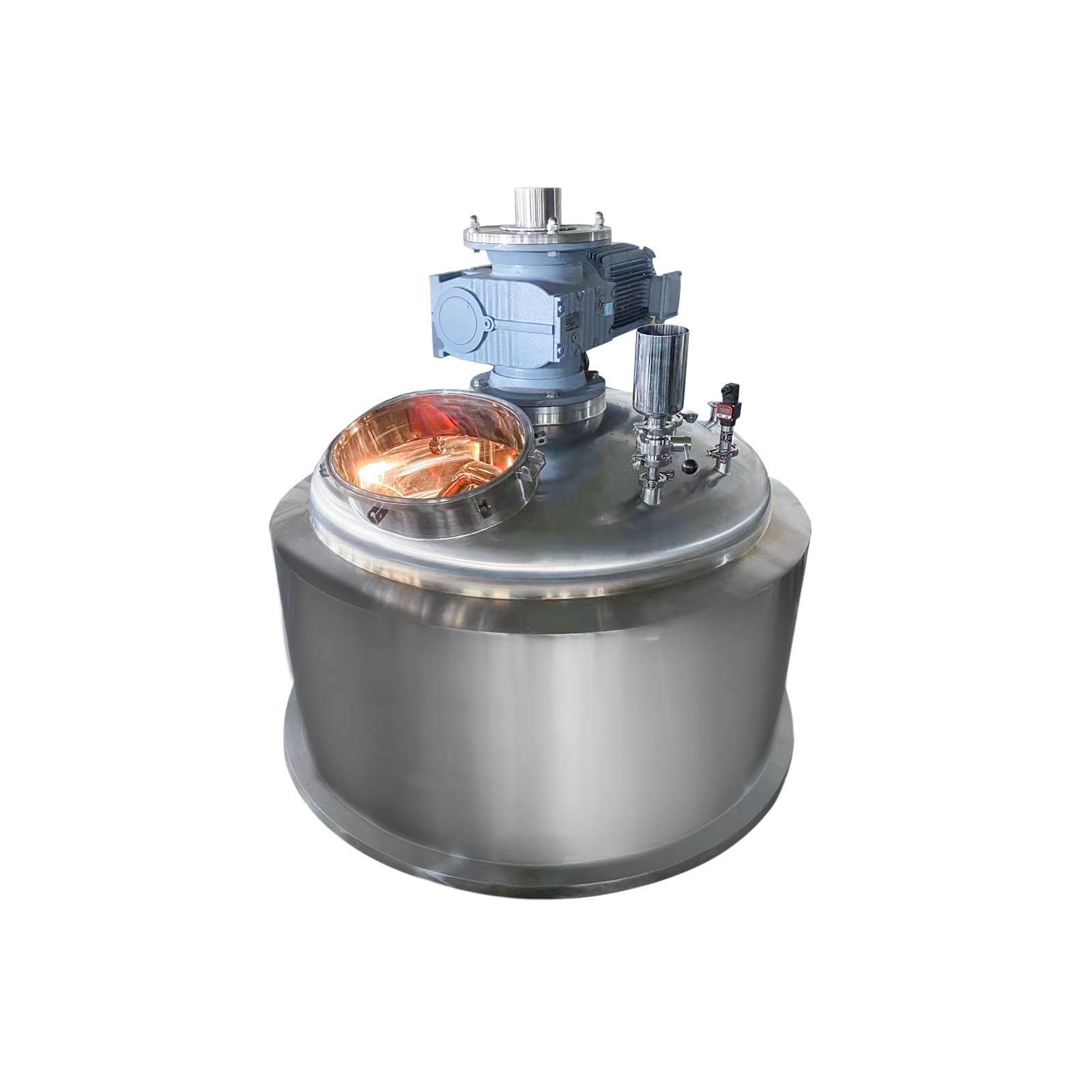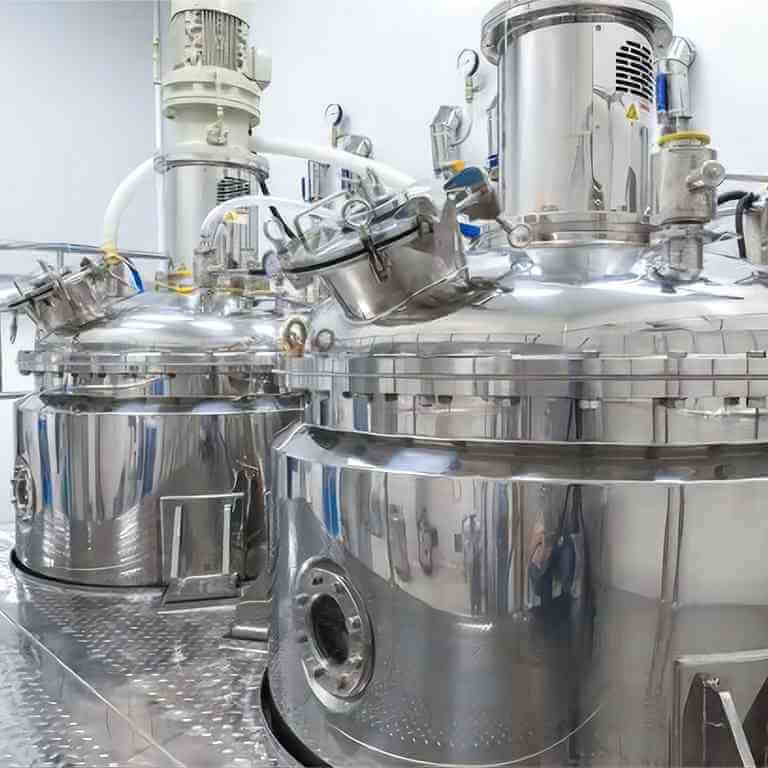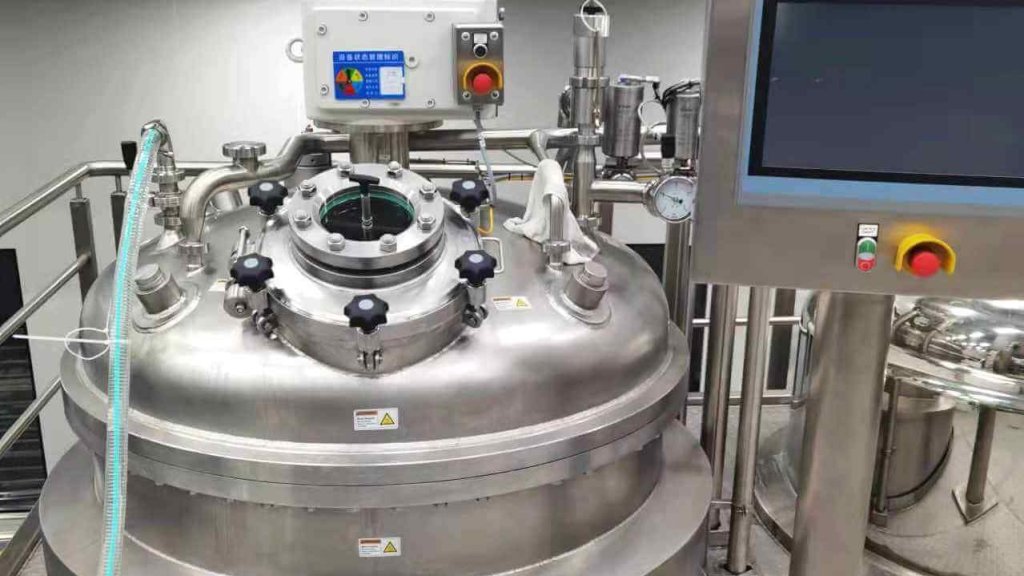

High Pressure Reactor
High-pressure reactor: used in chemical synthesis, catalytic reaction, and other fields
Material
glass, stainless steel (316, 304), carbon steel, others
Capacity (L)
10-10000+
Mixing system
anchor, paddle, frame and others
Heating system
electric heating, oil heating and others
The High-pressure reactor is mainly made of the kettle cover, the kettle body, the strong magnetic coupling stirrer, the high temperature, and high-pressure needle valve, the lower stirring part, the inner cooling coil, the temperature measuring part, the liquid lower pipe, etc.
Request a quoteThe high pressure reactor is installed in a high pressure operation room with explosion-proof requirements. When multiple high pressure reactors are installed, they should be placed separately. The two high pressure reactors should be separated by an explosion-proof wall. The high pressure reactor has the characteristics of static sealing, no leakage, no pollution, and simple operation. The reaction medium is completely in a static sealing state under high temperature, high pressure, and high vacuum convection conditions, and can safely carry out effective reactions with harsh media such as flammable, explosive, and highly toxic media. Let’s take a look at the installation and cleaning of the high pressure reactor.

Installation of high pressure reactor
After unpacking, check whether the high pressure reactor is damaged, install it according to the type and structural diagram of the high pressure reactor, and search for spare parts according to the instructions. If it is electrical thermal oil, please purchase the corresponding type of thermal oil according to the use temperature (the thermal oil cannot contain water). Open the oil filling port and oil level on the upper part of the jacket. Wait for the oil level to flow through the oil inlet, and then tighten the oil level. Do not tighten the oil inlet to prevent pressure.
The high pressure reactor body and lid are in contact with the arc surface through a gasket or cone. Tighten the main nuts and squeeze them together to achieve a better sealing effect. When tightening the nut, the nut needs to be tightened symmetrically multiple times to ensure uniform force. For a good seal, the lid cannot be tilted to one side. The main nut should be tightened within the specified tightening torque range to avoid overloading, extrusion, or wear. Special attention needs to be paid to the sealing surface, and before each installation, please wipe the upper and lower seals with soft paper or cloth. Be careful not to touch the cutouts on the lid or body. If handled properly, it can be used thousands of times. After the seal is damaged, it needs to be repaired again to achieve good sealing performance. When removing the cover, lift it up and down slowly to avoid damage caused by collision of the sealing surfaces between the covers.
Tighten the nuts to install and seal valves, instruments, and safety valves. The arc seal connection surfaces cannot rotate relative to each other. Lubricant or graphite should be used when installing all threaded joints to prevent damage. Purpose: When the needle valve adopts thread sealing, you only need to turn the needle slightly and tighten the valve cover to achieve a good sealing effect. Be careful not to use too much force to avoid damaging the sealing surface. After the high pressure reactor is installed, use a certain amount of nitrogen to maintain the pressure for 30 minutes and check whether there is any leakage. If there is a leak, look for pipes and nozzles that have soapy suds on them. Once a leak is discovered, release the gas and tighten it. Nitrogen circulation, maintain pressure test, ensure no leakage after normal operation.

Cleaning of high pressure reactor
Manual tank cleaning: has the advantage of low cost, but it requires several hours of air exchange to enter the tank. The oxygen concentration in the high pressure reactor should be monitored at all times during cleaning, otherwise, there is a risk of hypoxia. At the same time, manual scraping will not only eliminate insufficient cleaning but also cause the inner wall of the high pressure reactor to slip, objectively causing further adhesion of residues. Manual cleaning of high pressure reactors can also lead to product hygiene problems. Typically, it takes half a day to clean a high pressure reactor. Manual cleaning of high pressure reactors is also laborious, and due to inconvenient operation, many workers need to be replaced during cleaning.
High pressure water automatic cleaning system: Due to the combined movement of the three-dimensional rotating nozzle and telescopic rod, it can cover any position in the high pressure reactor and complete 360-degree cleaning of the high pressure reactor without any dead ends. It can be cleaned in harsh environments, eliminating the hidden dangers of manual cleaning and chemical cleaning; and it will not damage the substrate of the device being cleaned. This cleaning system has a high degree of automation and the cleaning speed is several times faster than traditional methods. It only takes about 15 minutes to clean a high pressure reactor; this not only improves the cleaning rate but also saves energy and costs. High pressure water jet cleaning uses ordinary water to flush at high speed, which does not pollute the environment, does not corrode equipment, and does not cause any mechanical damage. It can also remove insoluble or soluble special scales through chemical cleaning.
As one of the commonly used equipment in laboratories, high pressure reactors are deeply loved by scientific researchers. The unique high-temperature and high pressure resistance of high pressure reactors brings many possibilities to scientific research and industrial production. At the same time, it is also necessary to install the high pressure reactor according to the correct installation method to ensure the safety of the production process. It also needs to be cleaned in time after use, otherwise, the residue will react chemically with the materials that need to be tested next time. Errors can lead to mixed results, causing losses.




